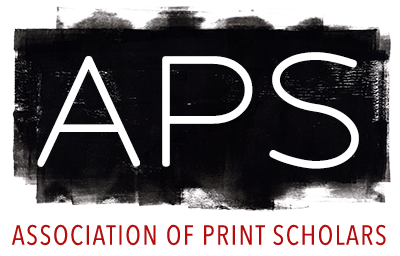Dissertation or MA Thesis
Posted: 08/18/2022
Cross-cultural Currents and Syncretism in Early Modern Opossum Iconography
Deniz Martinez.
"Cross-cultural Currents and Syncretism in Early Modern Opossum Iconography."
MA Thesis,
Lindenwood University,
2022.
Opossums (Order Didelphimorphia) are marsupial mammals endemic to the Americas. They are also the first marsupials Europeans ever encountered, over a century before any Australasian species. Because of their unique marsupial characteristics, opossums have historically been viewed as an “anomalous” animal form across both Indigenous American and European cultures, and thus developed a rich and complex transatlantic cultural history. By tracing the development of opossum imagery through the millennia, one can uncover clear patterns of how their distinct features became embedded in iconographies relative to biogeocultural sphere, and how certain iconographic conventions were transmitted through various media both within and between cultures. The single most important flashpoint in this historical visual timeline was the transatlantic convergence of cultures post-1492, as this was the catalyst which not only jumpstarted this visual record on the European side, but also curtailed it for centuries on the Indigenous American side. While European opossum images proliferated, a once diverse and widespread Indigenous American iconography was all but erased within a generation of conquest. However, it appears at least a few opossums managed to survive this apparent iconographic extinction, embedded within the imagery of early Spanish colonial projects illustrated by Indigenous artists, while Indigenous ethnozoological knowledge also influenced the production of European images. This thesis will examine how, through cross-cultural currents and syncretic processes, opossum iconography developed on both sides of the Atlantic during the Early Modern Period (fifteenth through eighteenth centuries), with an emphasis on where and how Indigenous knowledge survived in this visual record.
Relevant research areas: North America, South America, Western Europe, Medieval, Renaissance, Baroque, 18th Century, 19th Century, Book arts, Engraving, Etching, Lithography
